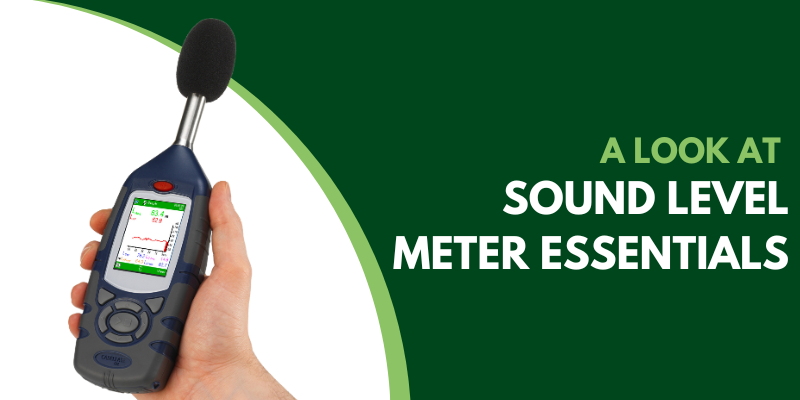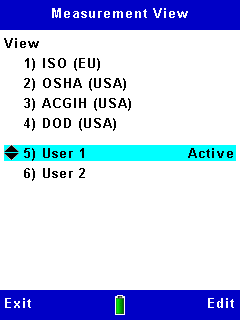Casella UK
Wolseley Rd, Kempston,Bedford MK42 7JY
+44(0)1234844100
info@casellasolutions.com

The Health & Safety Executive estimates that more than two million people in Great Britain are exposed to unacceptable noise levels at work, and in the USA approximately 26 million have suffered permanent damage to their hearing from excessive noise exposure. Prolonged exposure to excessive noise can cause noise-induced hearing loss (NIHL), resulting in permanent hearing damage. Eliminating noise at the source is critical to reduce the risk, and hazardous noise can be identified by using monitoring devices that provide concrete data and highlight key areas for change.
Sound level meters are essential tools for measuring and monitoring noise levels in the workplace. However, not all sound level meters are created equal, and the features of a sound level meter can significantly impact its effectiveness in controlling noise at work. Improving knowledge of the critical features can help ensure the best device is selected.
One of the most important features of a sound level meter is its accuracy. Accuracy is critical in ensuring that noise levels are measured and monitored correctly. Inaccurate readings can lead to ineffective noise control measures, and in some cases, can even be dangerous. A sound level meter used for workplace noise measurements is compliant with IEC 61672 or ANSI S1.4, giving a high level of accuracy ensure that noise levels are measured and monitored effectively, allowing employers to take appropriate action to control noise levels in the workplace.
Data logging is a critical feature for sound level meters used in the workplace. Data logging allows the device to record noise levels over an extended period, allowing employers to identify patterns and trends in noise levels. This information can be used to develop effective noise control measures and to ensure compliance with noise level regulations. For example, Casella’s enhanced 620 sound level meter features time history profiling, enabling operators to see how noise has varied over a set period ranging from one second to 30 minutes. A typical time history profile from downloaded data is shown below in Figure 1. This provides a greater understanding of a workplace’s noise climate and the tasks that need to be controlled to manage workplace noise. The time history can be further analysed when downloaded, to perform ‘what if’ calculations on the effect of noise exposure when certain activities or noisy events are removed, ensuring more workers can receive optimal protection.

Figure 1- time history of noise data
The device also ensures it measures all parameters simultaneously, giving operators confidence that there is no missing data for workplace noise legislation, ensuring more businesses are compliant and more workers are safe. Modern instruments like the enhanced 620 series, measure all parameters at once, and data is picked to be viewed by the local legislation e.g. EU or OSHA, ensuring the correct data is selected. This setup selection screen of a 620 series sound level meter is shown in Figure 2.

The range of a sound level meter refers to the minimum and maximum levels of sound that it can measure. The range is essential because different workplaces may have varying noise levels. A sound level meter with a wide range can measure a broad range of noise levels, making it suitable for a variety of workplace settings. Having a single large measurement range to 140dB(A) RMS ensures the user can avoid manually adjusting ranges, saving time when taking measurements and preventing potential errors should the measured noise go over range especially if there is high levels of impulsive (peak) noise.
Different types of noise can have different effects on the human ear. Low-frequency noise, for example, can be more damaging than high-frequency noise. Therefore, sound level meters that include frequency weighting can provide more accurate readings of noise levels. The A-weighting is the most commonly used frequency weighting, as it approximates the frequency response of the human ear.
The number of workers at risk of NIHL is alarming and employers have a crucial responsibility to protect workers’ health from being damaged. By selecting a sound level meter with these features and putting the right measures in place, employers can take appropriate action to control noise levels in the workplace, protecting more workers from irreversible damage to their hearing.